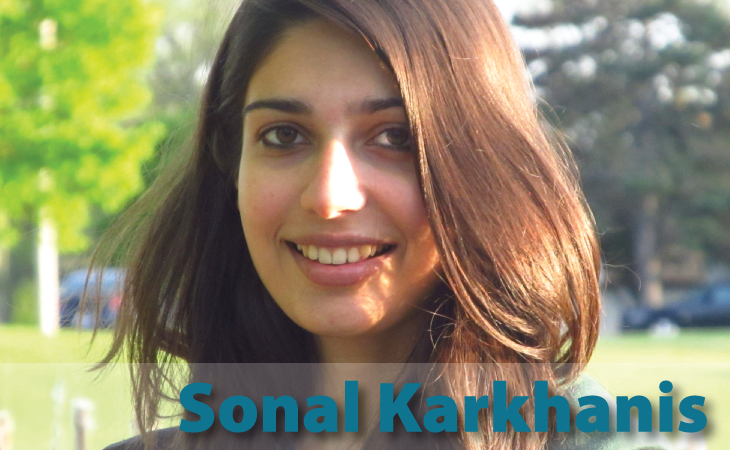This website uses cookies so that we can provide you with the best user experience possible. Cookie information is stored in your browser and performs functions such as recognising you when you return to our website and helping our team to understand which sections of the website you find most interesting and useful.
News
At 2016 VinylTec, Student Discovers Vinyl’s Versatility
The Vinyl Institute sponsored Sonal Karkhanis, a PhD candidate at Michigan State University, to attend the Society of Plastic Engineers’ 2016 VinylTec, hosted in Woodbridge (Iselin), New Jersey, on September 20-22. She returned with a new interest in vinyl – and in working in the vinyl industry.
Karkhanis received her undergraduate engineering degree in printing and packaging in Mumbai, India. She subsequently received her master’s degree in packaging from Michigan State University, where she is now studying with Dr. Laurent Matuana and working with bioplastics and the processing of these bioplastics.
We asked Karkhanis a few questions about her experience at the 2016 VinylTec:
What are the top three things of interest that you took away from this year’s VinylTec?
1. The networking possibilities at VinylTec were interesting.
2. The experts giving presentations at the conference were extremely knowledgeable and seemed to know their field inside and out.
3. Interestingly, everyone in the conference room seemed to know one another. I guess the industry is very well connected.
Is there anything that you’ve learned about vinyl and vinyl technology that took you completely by surprise?
Yes. I was not aware of a lot of things about vinyl and vinyl technology.
For example?
1. I had no idea that PVC is the third most widely used polymer.
2. PVC requires a lot of additives. I was not aware of the number of additives that go into PVC to make it usable.
3. PVC is much more versatile than I thought.
Is there anything that made you even more interested in vinyl/PVC?
Yes. The versatility of PVC caught my interest. Various additives in varying amounts can bring about drastic changes in PVC, making it extremely versatile.
Do you see yourself working in the vinyl industry after attending this year’s VinylTec?
I see myself working in the industry in research and development. I would like to increase PVC’s applicability in the packaging industry.


